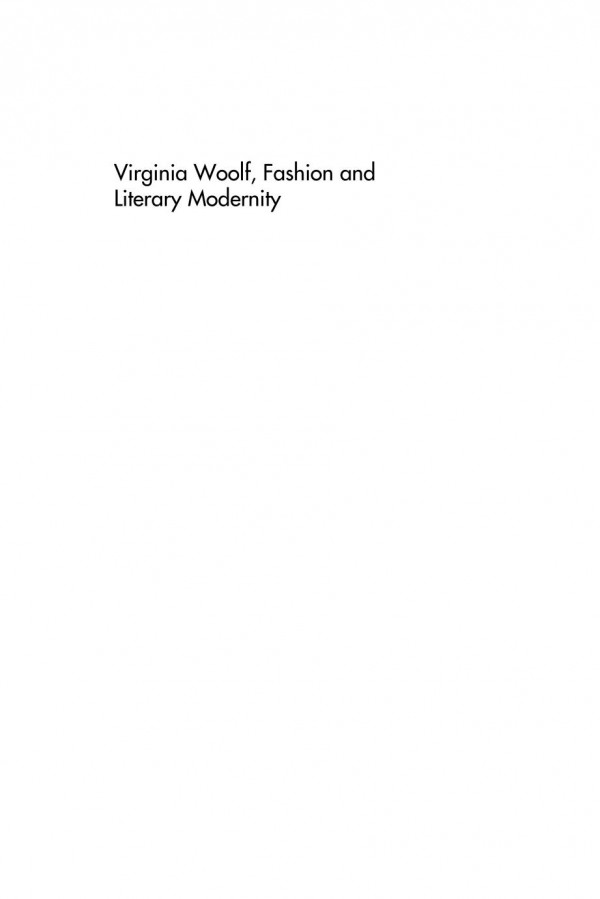

Most ebook files are in PDF format, so you can easily read them using various software such as Foxit Reader or directly on the Google Chrome browser.
Some ebook files are released by publishers in other formats such as .awz, .mobi, .epub, .fb2, etc. You may need to install specific software to read these formats on mobile/PC, such as Calibre.
Please read the tutorial at this link: https://ebookbell.com/faq
We offer FREE conversion to the popular formats you request; however, this may take some time. Therefore, right after payment, please email us, and we will try to provide the service as quickly as possible.
For some exceptional file formats or broken links (if any), please refrain from opening any disputes. Instead, email us first, and we will try to assist within a maximum of 6 hours.
EbookBell Team

4.1
20 reviewsGBS_insertPreviewButtonPopup('ISBN:9780748638727);
Virginia Woolf, Fashion and Literary Modernity places Woolf´s writing in the context of sartorial practice from the Victorian period to the 1930s, and theories of dress and fashion from Thomas Carlyle to Walter Benjamin, Wyndham Lewis and J.C. Flugel. Bringing together studies in fashion, body culture and modernism, the book explores the modern fascination with sartorial fashion as well as with clothes as objects, signs, things, and embodied practice.
Fashion was deeply implicated with the nineteenth-century modern and remained in focus for the modernities that continued to be proclaimed in the early decades of the following century. Clothing connects with the modernist topoi of the threshold, the trace and the interface; it is the place where character becomes image and where relations between subject and object, organic and inorganic play themselves out in a series of encounters and ruptures. Clothes also facilitate explorations in modern materialism, for instance as informing surrealist attempts to think the materiality of things outside the system of commodities and their fetishisation. Woolf´s work as cultural analyst and writer of fiction provides illuminating illustrations of all of these aspects, "thinking through clothes" in representations of the present, investigations of the archives of the past, and projections for the future.
Key Features